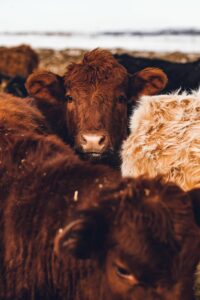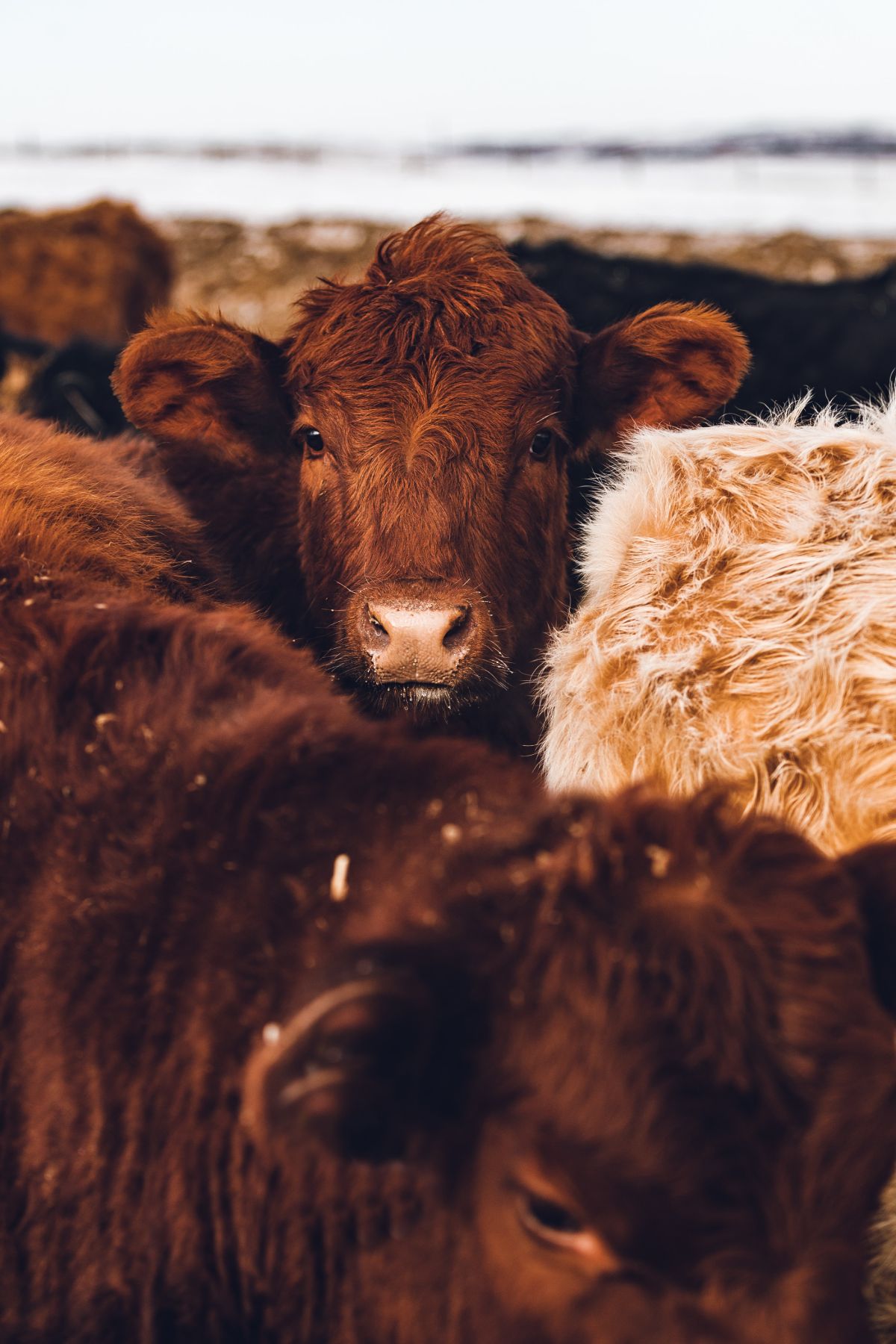As a farm owner or operator, looking for ways to improve your bottom line and wisely invest in your operations should be at the forefront of your business. While there are many ways to level-up your farm, one of our favorites has to do with your animals’ feed.
If you’re unfamiliar with grain roasters, we recommend doing some research. Grain roasters are roasting machines that benefit farms in many different ways. From helping to keep animals healthier to saving farmers time and money over the course of many years, roasters are an excellent investment for operations of all sizes.
Okay, great. Count us in! But as an investment, money has to be spent, right? Well, yes. To invest in your operation, some upfront money will go into your roaster. But the good news is different factors influence each roaster’s cost. So whatever your budget, you can find a roaster that makes sense to you.
Learn more about the 5 factors that influence the price of grain roasters so you can better narrow down which is the perfect fit for you!
Size of the operation
Depending on the size of your farmer or operation, the size of your grain roaster should adequately match your need for demand. Smaller mills or 100 cow dairies can get away with a small roaster like the Roast-A-Matic Model 50. On the larger side, like large mills or larger farms, operations will require a roaster with more power and production volume, such as a Roast-A-Matic Model 800. For farmers in between, other roasters are available that also match your need for grain roasting.
The larger the size of your operation, the bigger and more powerful of a machine you will need. While this will increase the upfront cost of your roaster, with more power comes more opportunity to make back your initial investment and create profit on top of that.
Amount of grain
In similar style to the size of your operation, the amount of grain you need to roast should also be considered in determining the cost of your needed roaster. Larger operations often need to roast more grain, but if you’re a farm on the smaller side hoping to sell roasted grain to other farms, this may mean a larger roaster will be needed.
Consider the capacity you need to roast your grain. Smaller, less expensive roasters can roast about 1-2t/hr, while larger, more costly options can produce 20+t/hr.
Ongoing training and support
Do you anticipate needing training or support to learn how to use your roaster, troubleshoot issues, or simply want help if and when you need it? This can actually come into play when considering the price of your roaster. While some roaster manufacturers offer little to no support or training and require you to make additional purchases beyond your product when you need help, companies like Roast-A-Matic offer built-in training and support with every purchase.
Every client who works with our team receives digital training resources and a startup video on using the roaster. Once you purchase your product, we are here to support your questions and concerns. We offer free, on-demand support, Monday through Friday, 7 am to 5 pm EST. Our team helps with any troubleshooting issues, answers questions, and trains all groups on using their new machine.
Consider add-ons and accessories
If you’re wanting any additional bells and whistles added to your roaster, you can assume this will increase the price tag. Base models are always the cheapest option, but sometimes it makes sense to add additional items like coolers to your roaster if you think you’ll use it down the line. Instead of purchasing multiple machines, having various functions for your one roaster can be a wise investment from the get go.
Financing
While financing doesn’t necessarily change the price of your grain roaster, it can ensure that your payments and costs make sense for your operation. We recommend working with a company that offers financing and flexible payments that suit your needs. If you’re interested in learning more about financing options with Roast-A-Matic, please contact us today.












